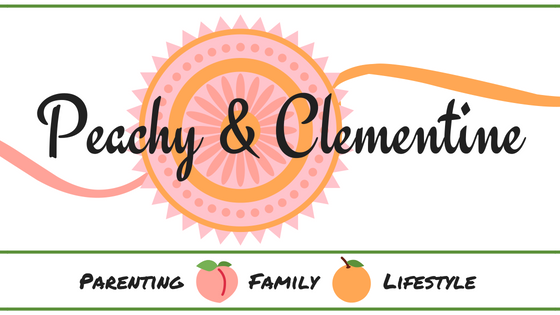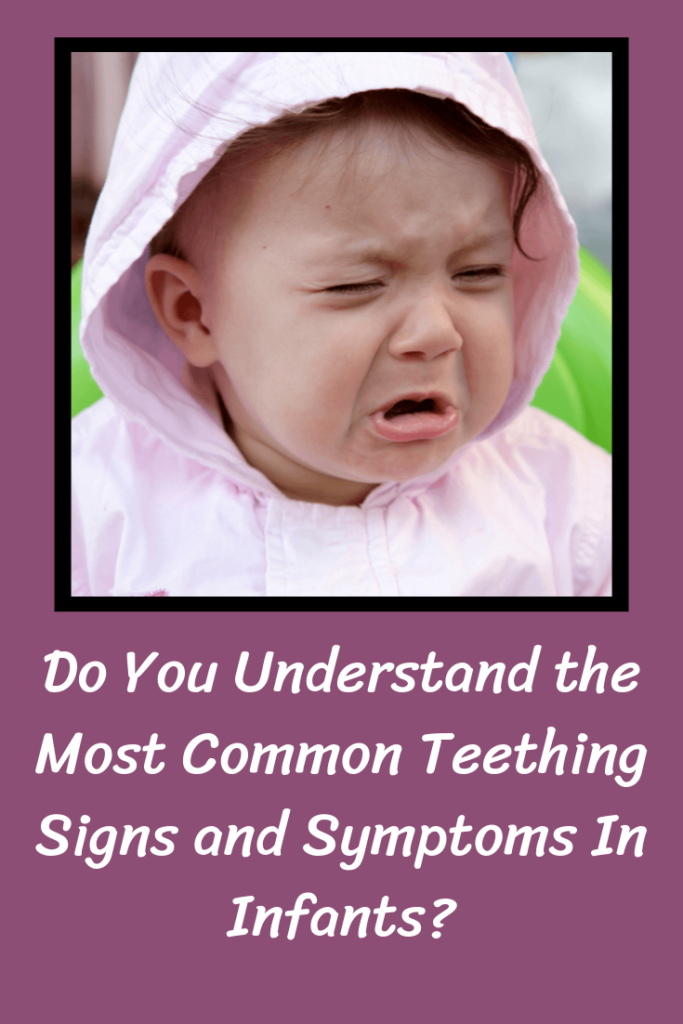Do You Understand the Most Common Teething Signs and Symptoms In Infants?
As a new parent, you must notice the teething symptoms that occur to your baby so that you can help to relieve your child’s discomfort. The average baby has her first tooth when she is six months old, but some infants have a first tooth at the age of two months. Other babies have their first teeth much later, and the eruption of the teeth in the mouths of infants is often genetic. If a parent had early teething symptoms, then his child may also have teeth that erupt earlier than the average child’s does. When your baby has teeth that are beginning to erupt, you should understand the different teething signs and symptoms.

Help Your Baby with Her Teething Problems
Each baby has different teething signs and these symptoms are not the same each time that your child has teeth that are trying to erupt from the gums. However, there are several common teething signs to look for so that you can help your infant to have less discomfort.
Symptom 1: Swollen Gums
You should use a soft cloth to clean your baby’s gums after she drinks any liquid. While rubbing your baby’s gums, you should look for any problems such as swollen gum tissue that indicates that your child has a tooth erupting.
Symptom 2: Fussiness
If your child is fussy at night or during the day, then she may have discomfort in her mouth from a new tooth. You can give your baby a teething toy or ring to chew on to alleviate her pain.

Symptom 3: Fever
Some babies develop a low-grade fever from the inflammation in the mouth during the teething process. It is easy to reduce a fever by giving your baby medication that is formulated for infants, or you can bathe your infant with cool water.
Symptom 4: Rubbing the Face
Additional teething symptoms include rubbing at the face along the jawline or the ears. Your baby may use her hands to try to stop the pain in her face and gums from the pressure of a tooth in the gums. You can massage your baby’s face along the jaw to reduce her discomfort.
Symptom 5: Refusing to Drink or Eat
Your child may have intense pain from an erupting tooth, and one of the teething signs is having a baby who may refuse to eat her bowl of oatmeal or jar of applesauce. Some babies will avoid drinking liquid because it hurts their mouths too much. To avoid problems from dehydration, encourage your baby to drink and eat.
Symptom 6: Intense Drooling
A baby may begin to have intense drooling from the inflammation in the gums, and this can lead to having an itchy rash on the lips or facial skin from the acids in the excess saliva. Make sure to wash your child’s face frequently to alleviate these teething signs and symptoms.
*This post is published in collaboration with author Dana S. Owings


hello, your post is perfect. Following your news.